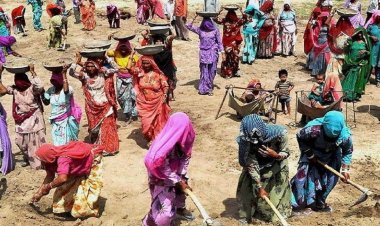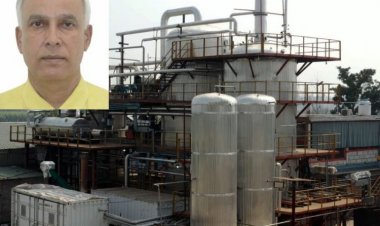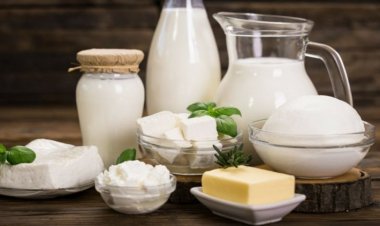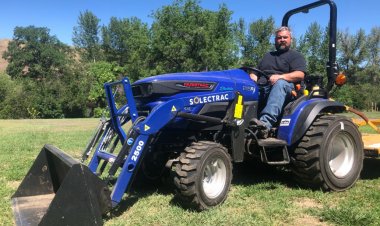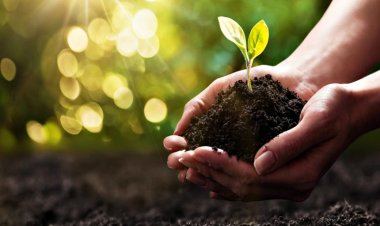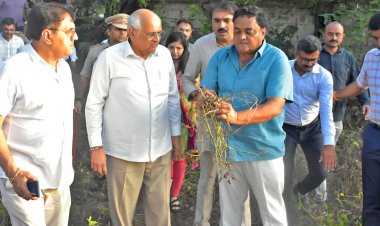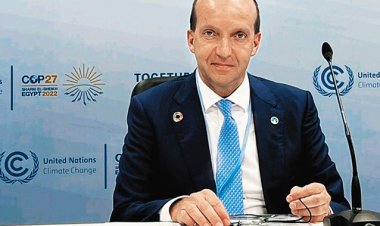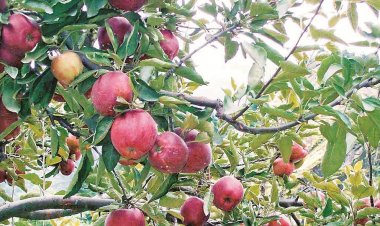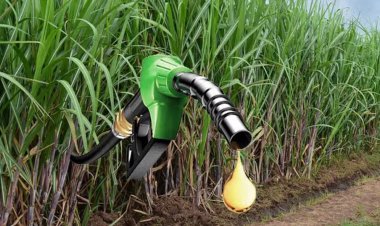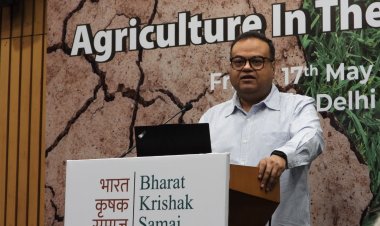Pastoralism: A clarion call to save the Maldhari livelihood
Maldharis are among those few indigenous people who have contributed least to the problem of climate change in Kutch, yet they are the ones suffering from its harsh effects. Though India’s thriving livestock sector calls for an applause, but it is important that we consider inclusivity.
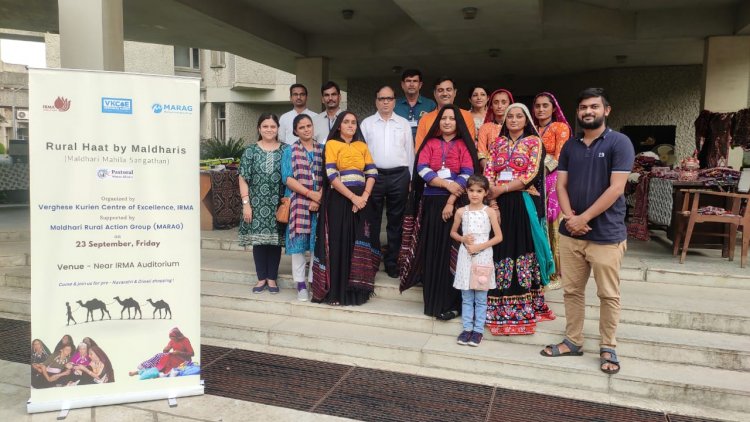
Maldharis are among those few indigenous people who have contributed least to the problem of climate change in Kutch, yet they are the ones suffering from its harsh effects. Though India’s thriving livestock sector calls for an applause, but it is important that we consider inclusivity. India is home to 148.89 million goats and 74.30 million sheep. Maldharis are landless pastoralist farmers dependent on seasonal livestock rearing in Gujarat. They constitute 8-9% of the Indian population with more than fifteen communities spread across different states in India. They are the traditional dairymen, and once supplied milk and cheese to the kingdoms in the princely states. Their main sources of cash income are sale of high-quality ghee, milk, wool, animals and handicrafts. The Maldhari way of life in Gujarat, Rajasthan and as far as Chhattisgarh has co-evolved with the indigenous livestock especially small ruminants and camels.
Challenges faced by the Maldhari pastoralists in Kutch
As per the 20th livestock census, the sheep population in Gujarat is 17.87 lakh. More than 70% of sheep and goats are reared by small/marginal farmers and landless labour. Maldharis live in scattered villages in the border areas of Gujarat. Paucity of water resources and green fodder for both human and livestock use compels Maldharis to rear small ruminants like sheep and goat and camel. There is unavailability of grazing lands for livestock. Goat milk is known as poor man’s milk. The unacceptance of goat and sheep milk in the nearest milk cooperative at village level has led to the exploitation of herdsmen by private dairies. Lack of market value chain, logistics, demand and supply of such milk, milk products, hair and wool and woollen products prevents Maldharis to sell their products in a good price. Insufficient resources for skill development and training of Rabari and Jat Maldharis in Kutch due to unavailability of higher education facilities in the villages makes them to choose pastoralism as a source of livelihood for generations. Due to such seasonal migration, there is reluctance by the government authorities to provide grants to Maldharis on a long run.
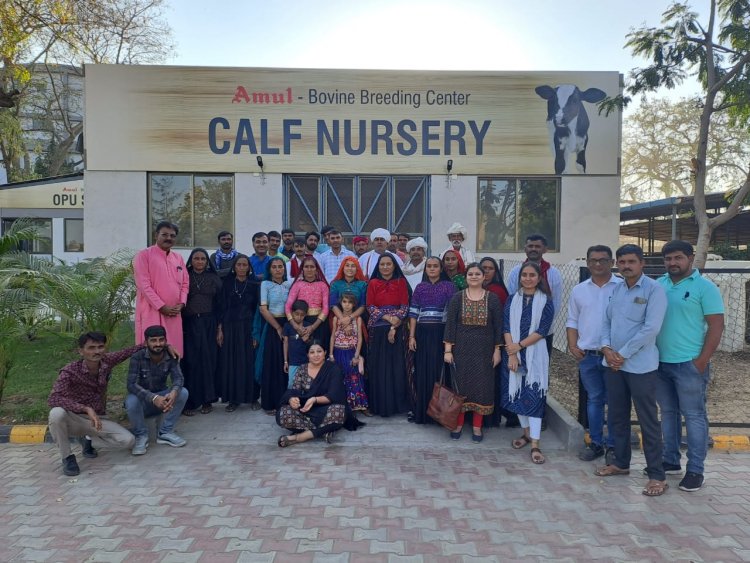
What can be done for the Maldharis?
1.We can ensure that Maldharis pour goat and sheep milk in the nearest cooperatives through a separate milk collection system.
2.There is a need to create producer companies for the milk of small ruminants and camels with the aid from NABARD.
3.Maldharis should be given access, control and use of common property resources.
4.The boundaries of grazing land and range land for Maldharis must be demarcated.
5.The rights over commons and grazing lands of Maldharis during seasonal migration needs to be protected.
6.A sustainable market linkage needs to be established for Maldharis in the far flung border areas.
7.Due acknowledgement and recognition to Maldharis for their traditional knowledge should be given by academicians and researchers.
Skill development and training workshops by VKCoE
An orientation and baseline assessment survey of Maldharis was done in Kutch by Verghese Kurien Centre of Excellence, IRMA with the support of working NGO - Maldhari Rural Action Group. To develop a training curriculum for the Maldhari community and to enhance skill development and income through smart dairy practices, Verghese Kurien Centre of Excellence (VKCoE) hosted the 'Rural Haat by Maldharis' in collaboration with Maldhari Mahila Sangathan and MARAG at the Institute of Rural Management Anand on 23 September 2022. The Maldhari women from the far-flung border villages of the Kutch and Patan districts of Gujarat showcased their intricately beautiful embroideries and handicrafts close to Navaratri and Diwali. VKCoE organized a workshop on ‘Climate change and ensuring the sustainable livelihood of Maldharis through dairying’ on 24 February 2023 inviting the researchers. Such exposure to Maldhari women by VKCoE has encouraged Maldhari women for alternate sustainable livelihood. Laxmi Rabari Handicrafts from Anjar block is one of them.
Conclusion
Indigenous people such as Maldharis play a fundamental role in the conservation of biological diversity and the protection of forests and other natural resources. Their traditional knowledge of the environment can substantively enrich scientific knowledge and adaptation activities when taking climate change-related actions such as ethnoveterinary practices. The research project undertaken by VKCoE followed by the collective workshops made us realize that pastoralism is the solution to the five crises in the world – climate, food, job, energy and peace. The milk of small ruminants in villages is also of utmost importance. The population of sheep is almost 8.47% of the total livestock population in the state and it has tremendous scope for further expansion. Research has also proved that partial blending of sheep milk in cow milk gives the best quality cheese. With India being a powerhouse of dairy exports, it is pertinent to explore the potential of milk from such small ruminants to make lassi, shrikhand, yogurt, milk powder and sweets in the Indian markets and create a sustainable value chain.
(Dr. JB Prajapati is Chairperson, Verghese Kurien Centre of Excellence, IRMA; Dr. Smruti Smita Mohapatra is Research Fellow at the Centre)




 Join the RuralVoice whatsapp group
Join the RuralVoice whatsapp group


















